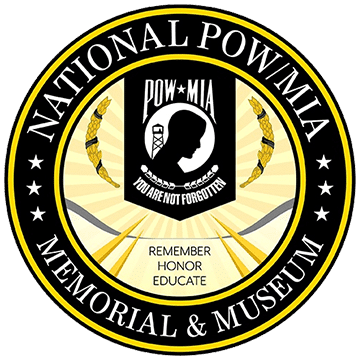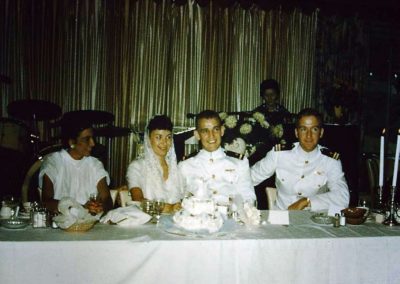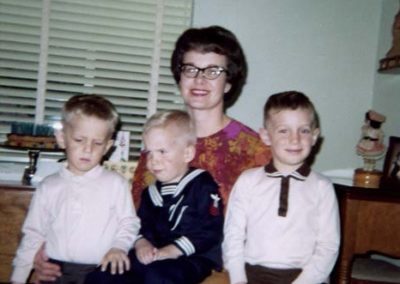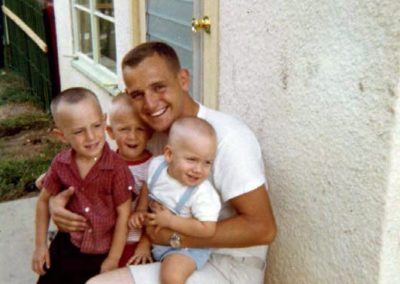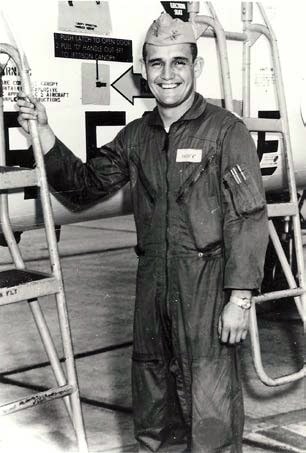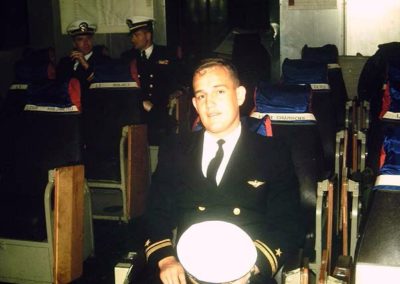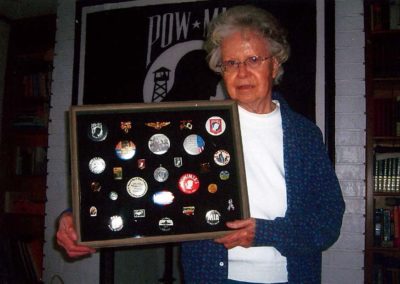History of the POW/MIA Flag
 In 1970, Mrs. Michael Hoff, an MIA wife and member of the National League of POW/MIA Families, recognized the need for a symbol of our POW/MIAs. Prompted by an article in the Jacksonville, Florida, Times-Union, Mrs. Hoff contacted Norman Rivkees, Vice President of Annin & Company, which had made a banner for the newest member of the United Nations, the People’s Republic of China (PRC), as part of their policy to provide flags of all United Nations member states. Mrs. Hoff found Mr. Rivkees very sympathetic to the POW/MIA issue. He and an Annin advertising agency employee, Newt Heisley, designed a flag to represent our missing men.
In 1970, Mrs. Michael Hoff, an MIA wife and member of the National League of POW/MIA Families, recognized the need for a symbol of our POW/MIAs. Prompted by an article in the Jacksonville, Florida, Times-Union, Mrs. Hoff contacted Norman Rivkees, Vice President of Annin & Company, which had made a banner for the newest member of the United Nations, the People’s Republic of China (PRC), as part of their policy to provide flags of all United Nations member states. Mrs. Hoff found Mr. Rivkees very sympathetic to the POW/MIA issue. He and an Annin advertising agency employee, Newt Heisley, designed a flag to represent our missing men.
Following approval by the League’s Board of Directors at a meeting held January 22-23, 1972, POW/MIA flags were manufactured for distribution. Wanting the widest possible dissemination and use of this symbol to advocate for improved treatment for and answers on American POW/MIAs, no trade mark or copyright was sought. As a result, widespread use of the League’s POW/MIA flag is not restricted legally. The large volume of commercial production and sales now required to meet demands of federal and state laws does not benefit the League financially, though Annin & Company did contribute a modest amount on one occasion.
On March 9, 1989, an official League flag – flown over the White House on National POW/MIA Recognition Day 1988 – was installed in the US Capitol Rotunda as a result of legislation passed overwhelmingly during the 100th Congress. In a demonstration of bipartisan Congressional support, the leadership of both Houses hosted the installation ceremony, at which League Executive Director Ann Mills-Griffiths delivered remarks representing the POW/MIA families.
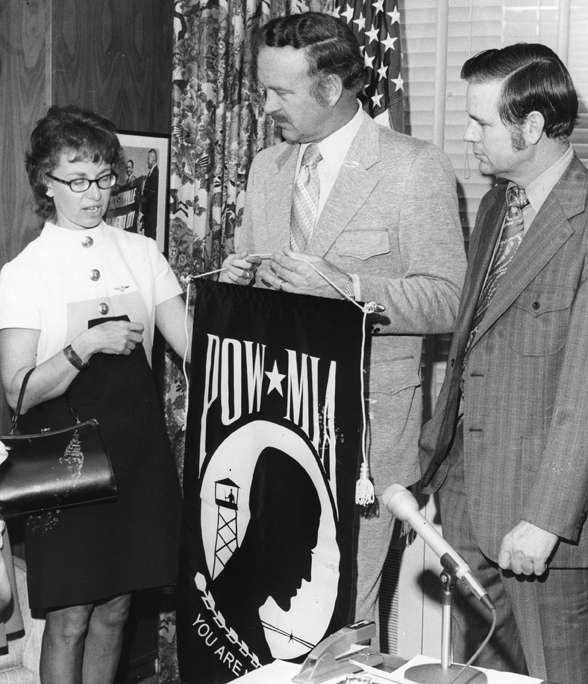
Mary Hoff with Mayor Tanzler (holding the flag) and Lynwood Roberts
The League’s POW/MIA flag is the only flag ever displayed in the US Capitol Rotunda where it stands as a powerful symbol of America’s determination to account for US personnel still missing and unaccounted-for from the Vietnam War. On August 10, 1990, the 101st Congress passed US Public Law 101-355, which recognized the League’s POW/MIA flag and designated it “the symbol of our Nation’s concern and commitment to resolving as fully as possible the fates of Americans still prisoner, missing and unaccounted for in Southeast Asia, thus ending the uncertainty for their families and the Nation”.
The importance of the POW/MIA flag lies in its continued visibility, a constant reminder of the plight of America’s UNRETURNED VETERANS. Other than “Old Glory,” the League’s POW/MIA flag is the only flag ever to fly over the White House, displayed since 1982 in this place of honor on National POW/MIA Recognition Day.
Passage by the 105th Congress of Section 1082 of the 1998 Defense Authorization Act required that the League’s POW/MIA flag fly six days each year: Armed Forces Day, Memorial Day, Flag Day, Independence Day, National POW/MIA Recognition Day and Veterans Day. It must be displayed at the White House, the US Capitol, the Departments of State, Defense and Veterans Affairs, the headquarters of the Selective Service System, major military installations as designated by the Secretary of Defense, all Federal cemeteries and all offices of the US Postal Service. In addition to the specific dates stipulated, the Department of Veterans Affairs voluntarily displays our POW/MIA flag 24/7. The National Vietnam Veterans, Korean War Veterans and World War II Memorials are now also required by law to display the POW/MIA flag daily. Most State Capitals have adopted similar laws, as have local governments nationwide.
LEAGUE POLICY ON POW/MIA FLAG DISPLAY was adopted at the League’s 32nd Annual Meeting in June, 2001. Members present overwhelmingly passed the following resolution: “Be it RESOLVED that the National League of POW/MIA Families strongly recommends that state and municipal entities fly the POW/MIA flag daily to demonstrate continuing commitment to the goal of the fullest possible accounting of all personnel not yet returned to American soil.”
Interview with Mary Hoff
December 29, 2012 with Cindy Cheatwood
